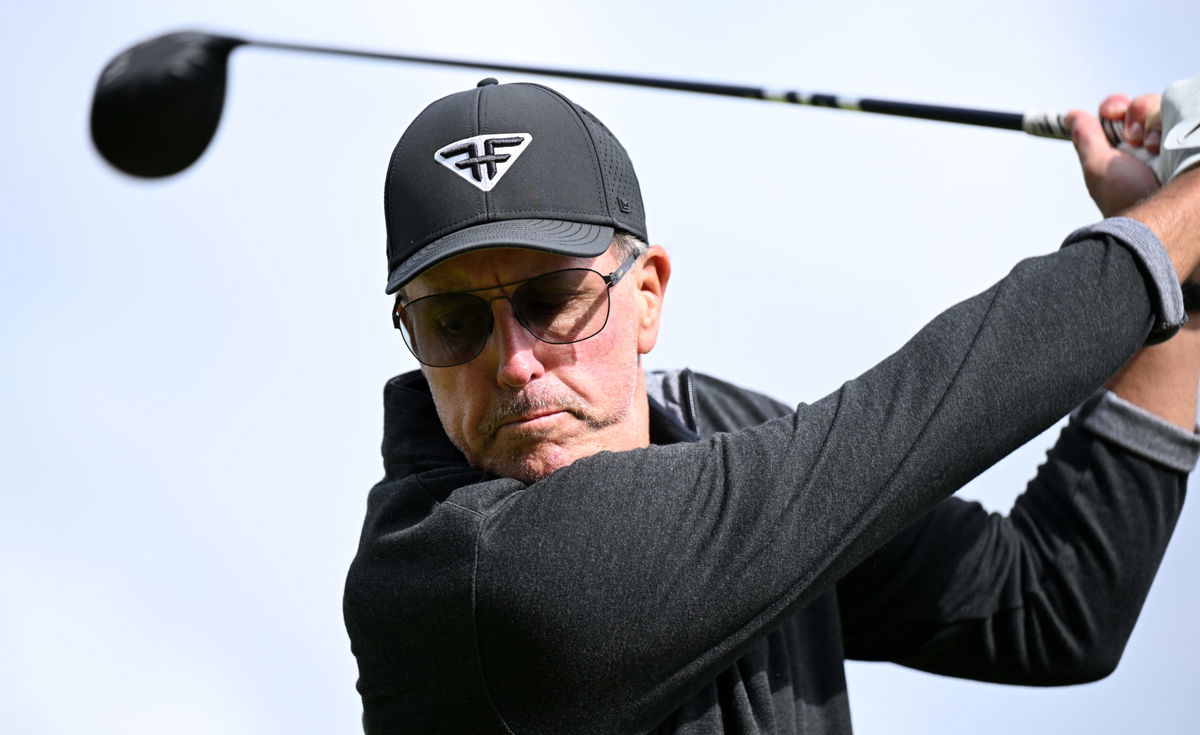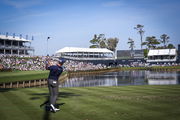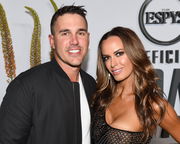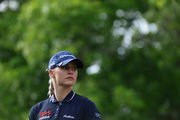
Getty
HOYLAKE, ENGLAND – JULY 19: Phil Mickelson of the United States plays his shot from the fifth tee during a practice round prior to The 151st Open at Royal Liverpool Golf Club on July 19, 2023 in Hoylake, England. (Photo by Stuart Kerr/R&A/R&A via Getty Images)

Getty
HOYLAKE, ENGLAND – JULY 19: Phil Mickelson of the United States plays his shot from the fifth tee during a practice round prior to The 151st Open at Royal Liverpool Golf Club on July 19, 2023 in Hoylake, England. (Photo by Stuart Kerr/R&A/R&A via Getty Images)
“I just can’t believe I did that,” Phil Mickelson said back in the day, after one of his many U.S. Open heartbreaks. For over three decades, golf’s ultimate risk-taker chased the one major that always seemed to chase him back. He’s won six majors, 45 times on the PGA Tour, and even made history as the oldest major champion ever. But the U.S. Open? That’s the ghost that haunted him. And at age 54, that pursuit may have finally come to an end in a finish so surreal, it felt pulled from the heavens. Mickelson’s appearance at the 2025 U.S. Open at Oakmont came thanks to a five-year exemption earned with his stunning 2021 PGA Championship win. He had made no secret that this might be his last shot.
Watch What’s Trending Now!
He opened with a respectable 74. But Friday brought drama: he clawed his way into position through 14 holes, sitting right at the projected cut line. But a sloppy double on 15 pushed him to +6. Then came the 17th—the drivable par 4 that often tempts and torments. Mickelson’s drive found deep rough, and after a three-putt, he double-bogeyed. Standing on the 18th green at +8, he needed a miracle.
As recounted by golf writers Dylan Dethier and James Colgan in an Instagram reel posted by GOLF Magazine, thunder cracked overhead as Mickelson stood over his birdie putt—the one that could’ve saved his week. “Phil is no more at the only major that he has not won—left in, like, the most biblical fashion possible,” Colgan observed. “We thought they were going to blow the horn right then and there,” Dethier recalled. But they didn’t. Phil rolled it just past the edge, settled for par, and quietly walked off. No media. No farewell. Just a walk to the parking lot, clubs in tow.
ADVERTISEMENT
View this post on Instagram
The golf writer added, “He just barely missed. In some ways, sort of a tragic but fitting end to Phil Mickelson’s career, potentially, at the U.S. Open.” It’s a story golf has watched unfold with equal parts awe and anguish. That bittersweet moment at Oakmont was just the final chapter in a long, agonizing saga—because if any tournament has defined Phil’s heartbreaks, it’s the U.S. Open.
Top Stories
Pro Suffers Disqualification at PGA Tour Q-School After Several Players Withdrew Abruptly

2025 Vic PGA Championship: Prize Money, Winner’s Payout & More Explored

Brooks Koepka Takes up New Role Amid LIV Golf Exit Rumors Reaching Boiling Point

LIV Golf to Cut Ties With Veteran Pro After His PGA Tour Return Intentions Became Public

Charley Hull Opens Up on Traumatic Divorce from Ex-Husband for the First Time Ever

ADVERTISEMENT
Six heartbreaking U.S. Open near-misses for Phil Mickelson
It started in 1999 at Pinehurst, when Mickelson, just 28 and about to become a father, was edged by Payne Stewart’s iconic 15-foot par save on 18. In 2002, he surged on Sunday at Bethpage but stumbled late, finishing three back of Tiger Woods. In 2004 at Shinnecock Hills, he led late, then a disastrous double-bogey on 17 handed it to Goosen. And then came 2006 at Winged Foot, the most infamous collapse: needing only a par to win, he pulled driver, missed left, and unraveled with a double bogey.
Even in 2009 and 2013, he had chances. Bethpage and Merion both saw him in the hunt, only to unravel over the final five holes. Each loss stung more than the last. He wasn’t just contending—he was leading or surging nearly every time. The problem? Mickelson’s high-risk, high-reward style was made for Augusta, not the U.S. Open’s narrow fairways and penal rough. But Mickelson never liked the center. He went flag-hunting. And sometimes, that cost him everything.
ADVERTISEMENT
The U.S. Open is his ‘one that got away’—not because he didn’t have the game, but because it demanded a discipline he couldn’t always bring himself to embrace.
ADVERTISEMENT
ADVERTISEMENT
ADVERTISEMENT

